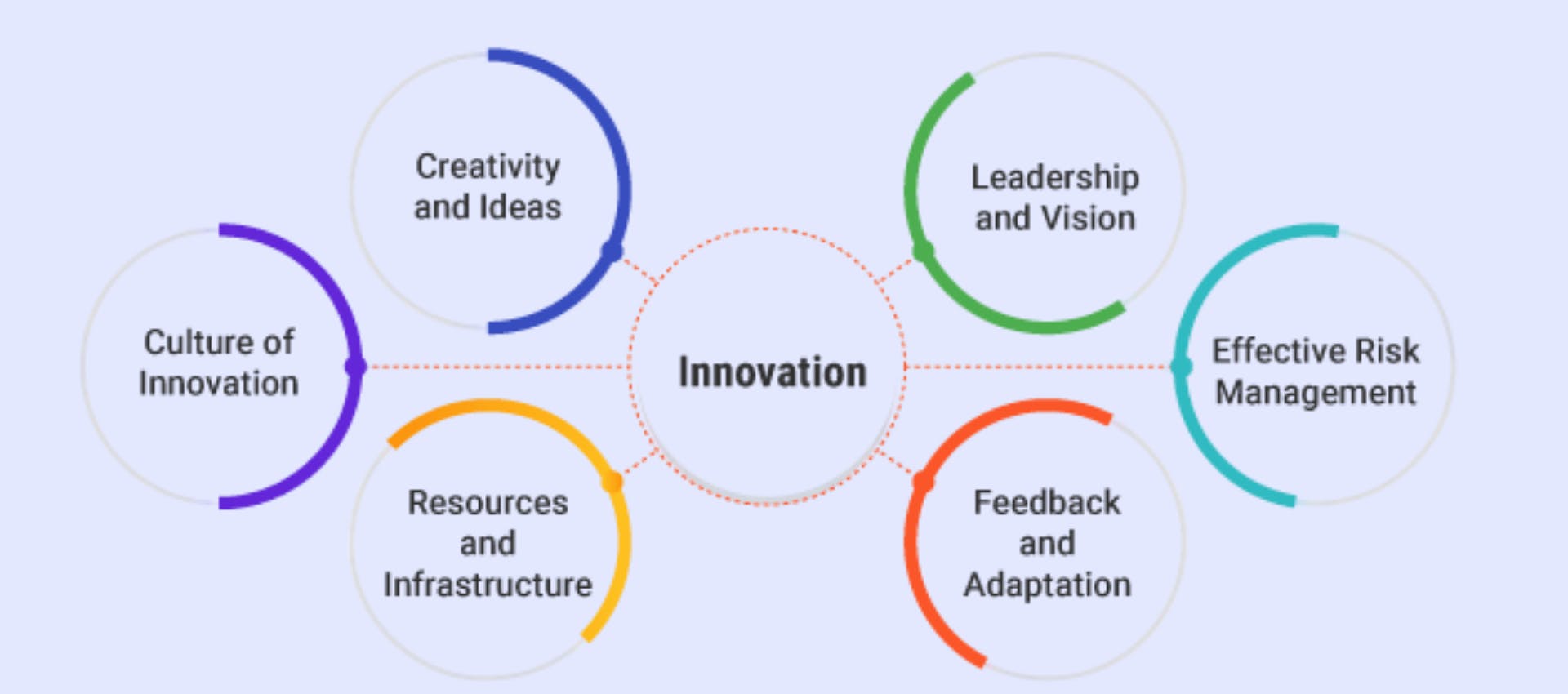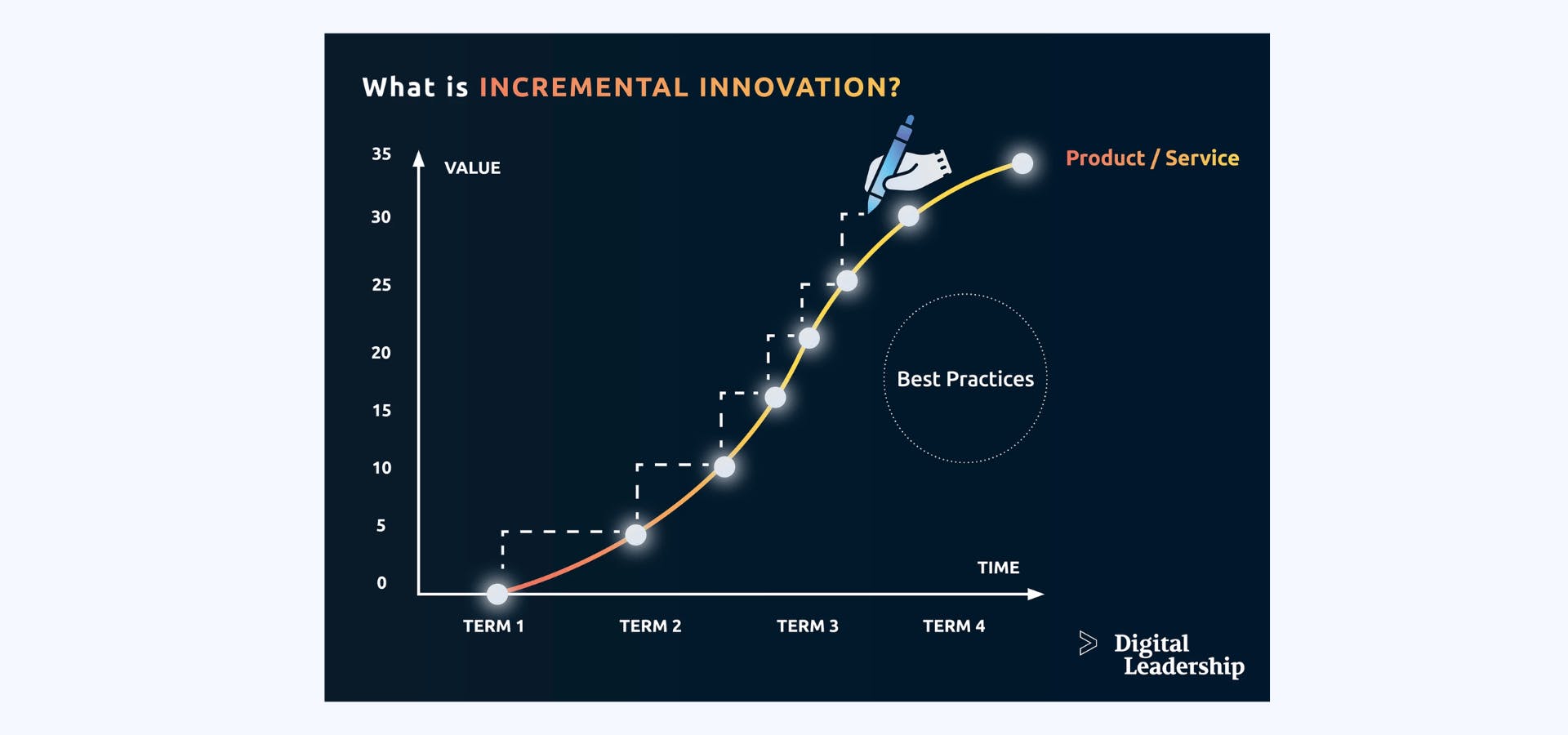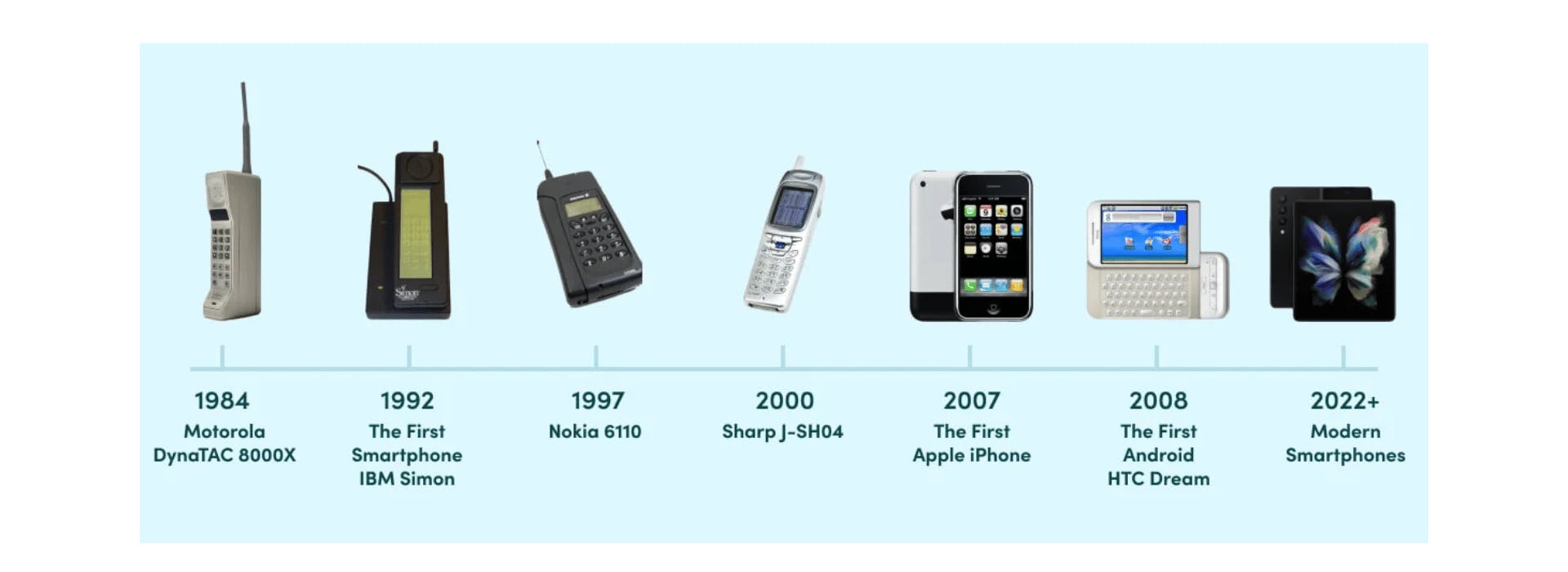 Torna alla lista dei post
Torna alla lista dei postEsempi e strategie di innovazione aziendale
July 20, 2025
L’innovazione non è riservata ai colossi della tecnologia o ai laboratori di ricerca — è qualcosa che ogni azienda può abbracciare per rimanere rilevante, migliorare il funzionamento interno e creare connessioni più profonde con i clienti. Che si tratti di un aggiornamento sottile a un prodotto o di un cambiamento strategico coraggioso, l’innovazione significato è trovare modi migliori per risolvere i problemi e generare valore.
Questo blog spiega cosa significa veramente innovazione, perché è importante, e come integrarla nelle operazioni quotidiane. Esplorerai i diversi approcci all’innovazione, analizzerai esempi reali e scoprirai strategie pratiche per stimolare il pensiero creativo nel tuo team.
Cos’è l’innovazione?
L’innovazione è il processo di dare vita a nuove idee, metodi, prodotti o soluzioni in grado di avere un impatto significativo. È la scintilla creativa unita all’azione concreta, che aiuta le aziende a superare le sfide, servire meglio i clienti e rimanere un passo avanti. Secondo McKinsey, l’84% dei dirigenti ritiene l’innovazione fondamentale per la crescita, ma solo il 6% è soddisfatto dei risultati ottenuti.
L’innovazione non riguarda solo i gadget futuristici o la tecnologia all’avanguardia: significa anche migliorare prodotti, servizi e processi esistenti. È alimentata da curiosità, creatività e desiderio continuo di migliorarsi. Una ricerca di PwC mostra che il 61% dei CEO è preoccupato per la velocità del cambiamento tecnologico, sottolineando la necessità di integrare l’innovazione nelle attività quotidiane.
Per avere successo, le aziende devono sviluppare una strategia di innovazione chiara, che sostenga nuove idee, integri tecnologie avanzate e crei un ambiente in cui i dipendenti si sentano liberi di sperimentare e collaborare. Con le giuste risorse e la giusta mentalità, le idee si trasformano in innovazioni concrete che fanno crescere l’azienda.

Perché l’innovazione è importante
L’innovazione significato non è solo generare idee brillanti, ma anche rimanere rilevanti, risolvere problemi reali e migliorare ciò che conta per clienti e team. Quando un’azienda lascia spazio a nuove prospettive, si aprono nuove opportunità: raggiungere nuovi mercati, ottimizzare processi esistenti e rispondere ai bisogni reali. Secondo BCG, le aziende che danno priorità all’innovazione registrano una crescita dei ricavi 2,6 volte superiore rispetto a quelle che non lo fanno.
L’innovazione semplifica anche le attività quotidiane. Che si tratti di migliorare un processo o lanciare un prodotto più efficace, un’innovazione ben pensata contribuisce a una crescita duratura. Costruisce fiducia nei clienti, dimostra attenzione e coinvolge i dipendenti in una visione orientata al futuro. Un luogo di lavoro che valorizza l’innovazione motiva le persone a contribuire, e questo tipo di cultura è difficile da imitare. In effetti, un rapporto di Deloitte rivela che il 94% dei dirigenti considera l’innovazione essenziale per il coinvolgimento e la fidelizzazione dei talenti.
Innovazione significato: panoramica completa
L’innovazione può assumere molte forme, ognuna con vantaggi e opportunità unici. Comprendere queste distinzioni aiuta le aziende a sviluppare una strategia più solida:
| Approccio all’innovazione | Innovazione incrementale | Innovazione radicale | Innovazione dirompente | Innovazione architetturale |
|---|---|---|---|---|
Piccoli miglioramenti continui a prodotti o servizi esistenti, che aumentano la soddisfazione del cliente e l’efficienza operativa. | Idee rivoluzionarie che creano nuovi mercati o trasformano profondamente quelli esistenti. | Nuovi modelli di business o tecnologie che sconvolgono settori consolidati e sfidano gli attori tradizionali. | Riconfigurazione di tecnologie esistenti per creare nuove applicazioni o raggiungere clienti diversi. |
Innovazione incrementale
L’innovazione incrementale riguarda il miglioramento continuo e costante di ciò che esiste già. Ad esempio, i continui perfezionamenti di Tesla nella tecnologia delle batterie hanno migliorato le prestazioni dei veicoli elettrici, stabilendo nuovi standard nel settore. Questi piccoli cambiamenti aiutano le aziende a mantenere un vantaggio competitivo, soddisfacendo al tempo stesso le esigenze dei clienti in continua evoluzione.

Innovazione radicale
L’innovazione radicale rivoluziona il mercato introducendo idee rivoluzionarie che creano nuovi mercati o trasformano profondamente quelli esistenti. La rivoluzione degli smartphone ne è un esempio perfetto: combinando comunicazione, intrattenimento e accesso a Internet in un solo dispositivo, ha cambiato il nostro modo di vivere e lavorare.

Innovazione dirompente
L’innovazione dirompente cambia le regole del gioco introducendo modelli e approcci nuovi che sostituiscono prodotti o servizi tradizionali. Il passaggio di Netflix dal noleggio di DVD allo streaming online ha trasformato l’industria dei media e modificato per sempre il comportamento dei consumatori.

Innovazione architetturale
L’innovazione architetturale consiste nel riconfigurare tecnologie esistenti per ripensarle in nuove modalità d’uso. L’Apple Watch, ad esempio, ha combinato la tecnologia dello smartphone con un design indossabile, creando una nuova categoria di prodotto capace di attrarre un pubblico ampio e variegato.

Esempi reali di innovazione
Ecco alcune storie ispiratrici di aziende che hanno adottato l’innovazione per ottenere risultati straordinari:
Il “20% Time” di Google
Google incoraggia i dipendenti a dedicare il 20% del tempo lavorativo a progetti personali. Questa libertà ha dato vita a innovazioni come Gmail, Google Maps e AdSense, dimostrando che una cultura che promuove la creatività può generare risultati rivoluzionari.

I veicoli elettrici di Tesla
Tesla ha rivoluzionato l’industria automobilistica rendendo i veicoli elettrici desiderabili e scalabili. Il suo impegno verso l’energia pulita e l’innovazione continua ha spinto l’intero settore verso la sostenibilità.

La piattaforma di affitti di Airbnb
Airbnb ha trasformato il settore dei viaggi con una piattaforma peer-to-peer che consente alle persone di affittare le proprie case. Questo modello innovativo ha sconvolto l’ospitalità tradizionale, offrendo esperienze uniche e accessibili.

Strategie di innovazione nel posto di lavoro
Creare un ambiente in cui l’innovazione prospera significa supportare il tuo team con gli strumenti e le condizioni giuste. Un forte corporate branding svolge anch’esso un ruolo importante, poiché influenza il modo in cui i dipendenti si connettono alla missione dell’azienda e si sentono ispirati a contribuire in modo creativo. Ecco alcune strategie comprovate:
- Team autogestiti: responsabilizzare le squadre nella gestione autonoma dei progetti stimola l’iniziativa, il senso di proprietà e la creatività.
- Cicli di feedback continuo: una comunicazione aperta e regolare tra dipendenti e manager aiuta a risolvere i problemi in anticipo e promuove l’apprendimento continuo.
- Collaborazione interfunzionale: unire competenze diverse da più reparti favorisce idee innovative e rompe i silos aziendali.Self-Managed Teams

Il processo di innovazione: dalle idee all’impatto
L’innovazione segue un percorso chiaro:
- Generazione di idee: incoraggiare brainstorming, piattaforme collaborative e raccolta di suggerimenti.
- Prototipazione e sviluppo: costruire e testare prototipi, perfezionandoli con il feedback.
- Implementazione e scalabilità: mettere in pratica le innovazioni e ampliarli su larga scala.
Seguire questo processo consente di trasformare la creatività in soluzioni concrete, favorendo la crescita e l’eccellenza operativa.
Conclusione
L’innovazione significato non è solo una parola di moda — è il motore della crescita aziendale e del successo a lungo termine. Capire i diversi approcci, adottare strategie efficaci e coltivare una cultura che valorizzi la creatività e il rischio, ti aiuterà a mantenere il vantaggio competitivo.
Abbraccia l’innovazione oggi — e guarda la tua azienda prosperare domani.
Domande Frequenti
Cos’è l’innovazione?
L’innovazione è il processo di introduzione di idee o metodi nuovi, in grado di creare valore reale e risolvere sfide in modo efficace.
Perché l’innovazione è importante per le aziende?
L’innovazione aiuta le imprese a differenziarsi, attirare clienti, ottimizzare le operazioni e rispondere ai cambiamenti del mercato.
Come favorire una cultura dell’innovazione?
Dando autonomia ai dipendenti, incoraggiando il rischio calcolato, promuovendo la collaborazione e valorizzando le idee innovative.



